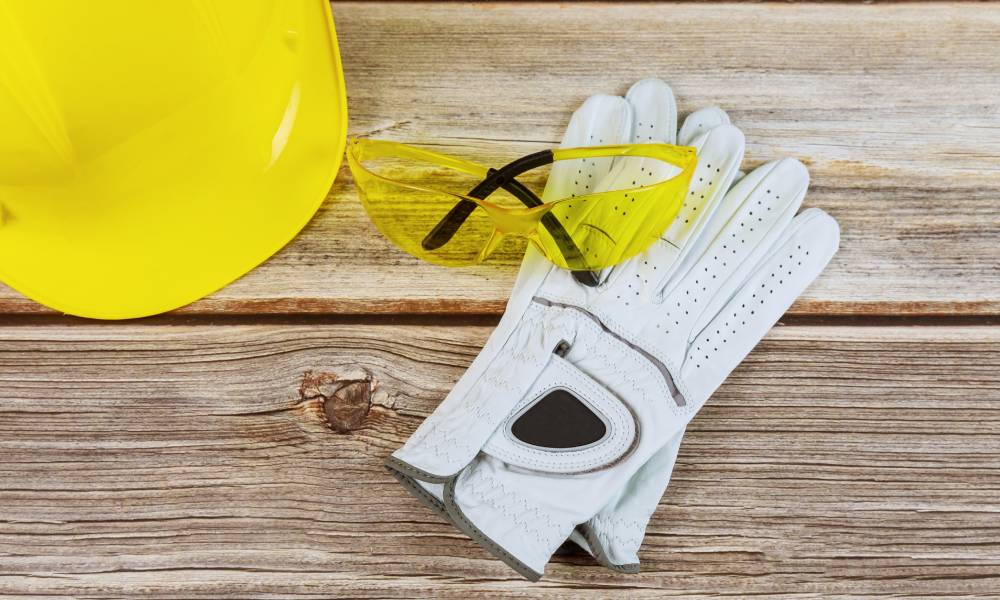
The Impact of Examination Gloves on Infection Control
The Impact of Examination Gloves on Infection Control
Infection control remains a cornerstone of healthcare, critically important in safeguarding patient and practitioner health. Examining gloves stands out as a fundamental tool within this broad and vital field. Originally introduced as a barrier to protect patients from the risk of infection, these gloves have evolved to serve as a critical component in the healthcare professional’s armour against a myriad of infectious agents.
Their use signifies adherence to standard hygiene practices and reflects the ongoing commitment to patient safety and healthcare quality. As we delve deeper into the impact of examination gloves on infection control, it's important to recognize their role as not just a protective barrier, but as an essential instrument in the pursuit of optimal healthcare outcomes.
History and Evolution of Examination Gloves
The journey of examination gloves in the medical field is a fascinating blend of innovation and necessity. The initial use of medical gloves dates back to the late 19th century, primarily introduced to protect patients from the risk of infection during surgeries. Initially, these gloves were made of rubber, a material that provided a basic level of protection and was reusable after sterilization. However, as the understanding of infection control deepened, the materials and designs of these gloves evolved significantly.
Current Use of Examination Gloves
Today, examination gloves are made from various materials, each catering to different sensitivities and specific medical needs. Latex gloves, once the standard, are now often replaced by nitrile or vinyl options due to latex allergy concerns. The design of gloves has also seen advancements, with features like textured surfaces for better grip and powder-free options to reduce contamination risks. This evolution underscores the medical community's commitment to improving safety standards and adapting to emerging challenges in infection control.
Types of Examination Gloves
In the realm of infection control, the choice of examination gloves is pivotal. Different materials cater to varied medical scenarios, each with its own set of advantages:
- Latex Gloves: Traditionally favoured for their high comfort and tactile sensitivity, latex gloves offer a good fit and flexibility. However, their use has diminished due to the prevalence of latex allergies.
- Nitrile Gloves: Rising in popularity, nitrile gloves are known for their robustness and superior chemical resistance. Ideal for handling hazardous substances, they are also latex-free, making them a safer choice for both patients and healthcare professionals prone to allergies.
- Vinyl Gloves: These are a cost-effective alternative, particularly suitable for short-term procedures. Vinyl gloves are latex-free but offer less protection against chemicals and pathogens compared to latex and nitrile gloves.
- Neoprene and Polyisoprene Gloves: These synthetic options are free from latex proteins and offer similar comfort and tactile sensitivity. They are often used in surgical settings.
Role of Gloves in Preventing Infection
Examination gloves are more than a barrier; they are a key element in the infection control protocol, playing a critical role in minimizing the risk of cross-contamination between healthcare workers and patients. Their effectiveness hinges on several factors:
Gloves act as a physical barrier, preventing the direct contact of skin with bodily fluids, contaminated surfaces, and hazardous materials, thereby reducing the risk of transmission of bacteria, viruses, and other pathogens. Proper glove use is crucial in preventing the spread of infections within healthcare settings. This includes adhering to guidelines on when to change gloves between patients and procedures.
Protection Against Specific Pathogens: Gloves are effective against a range of infectious agents, such as:
- Bacteria like Staphylococcus and Streptococcus
- Viruses including HIV, hepatitis B and C
- Fungi and other microorganisms
It's important to note that while gloves provide significant protection, they are not infallible. Their effectiveness is contingent upon proper usage, including correct donning and doffing techniques, and understanding that they do not replace the need for hand hygiene.
Beybi Plastik, since its establishment in 1949; operates in the field of personal protective work safety gloves, examination gloves production and sales, sterile surgical gloves and medical consumables sales and marketing.



